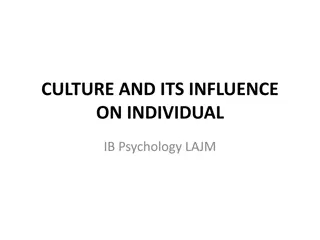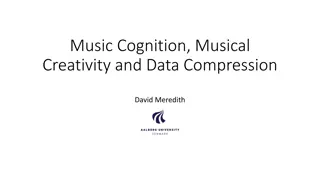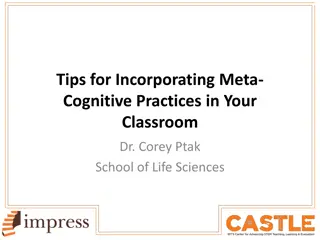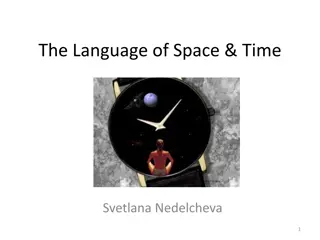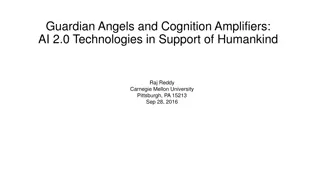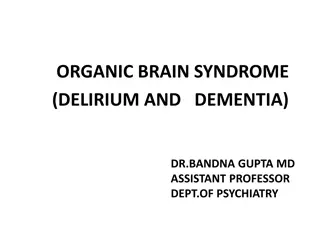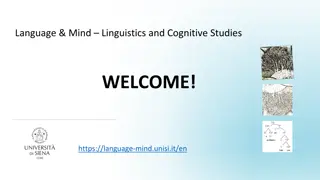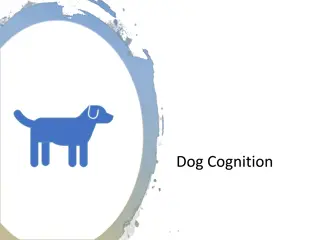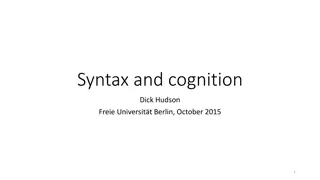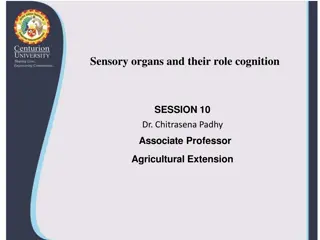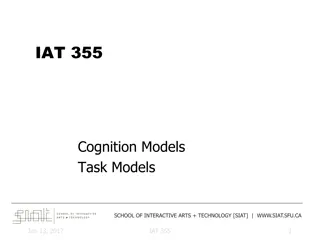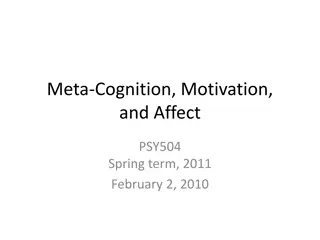
The Cognitive Dimensions of Austerity Policies
Explore the impact of cognitive psychology on the perception and internalization of austerity measures, influencing rational deliberation and policy-making decisions. Delve into the salience of austerity concepts embedded in common sense and historical-cultural roots.
Download Presentation

Please find below an Image/Link to download the presentation.
The content on the website is provided AS IS for your information and personal use only. It may not be sold, licensed, or shared on other websites without obtaining consent from the author. If you encounter any issues during the download, it is possible that the publisher has removed the file from their server.
You are allowed to download the files provided on this website for personal or commercial use, subject to the condition that they are used lawfully. All files are the property of their respective owners.
The content on the website is provided AS IS for your information and personal use only. It may not be sold, licensed, or shared on other websites without obtaining consent from the author.
E N D
Presentation Transcript
Cognitive Psychology and the Salience of Austerity Sorin Mitrea (McMaster University, Canada) Austerity: Coping is Not Enough February 21-22, 2019 Freidrich-Ebert-Stiftung, Berlin, Germany
Introduction Austerity typically = policy practices to reduce deficits/debt; AltAusterity s goal: encourage debate among policy makers and influencers re: the assumptions, impacts, alts to austerity; To achieve above, need to understand why austerity at times internalized as common sense ; Will examine cognitive dimensions to austerity, why it may become common sense, and how to encourage rational deliberation.
Presentation Policy and political context of austerity in Canada; Cognitive foundations of common sense ideas; The historical-cultural roots of austerity; Approaches to dislodging stuck ideas .
Context of Austerity Austerity = more than retrenchment Canada: federal transfers restructured and reduced = subnational cuts Also: P3s, privatization, outsourcing, corporate tax cuts/subsidies Surface: less interest in austerity in Canada in past few years
Cognitive Foundations of Common Sense Info stored in memory as schemas shape how we perceive, evaluate, assume, interpret = basis of stereotypes, common sense; Strong schema = multiple facets, more easily activated = automatic cognition; If austerity repeated consistently = more likely to be internalized as common sense (i.e. automatic cognition or automaticity ); = impediment to rational deliberation because auto-cog is unconscious, has greater retention, harder to alter once learned, precedes + informs rational thought.
Salience of Austerity Auto-cog = how common sense develops, but what is internalized also important to encouraging rational deliberation; Austerity schema made up of concepts, feelings, reactions which may be informed by historically salient ideas Individual responsibility, reduced consumption, self-discipline, threat to individual/community; Seen in: religion, healthcare, personal finance, personal health.
Salience of Austerity Austerity discourses remain prevalent in Canada in politics, media, public opinion; e.g. federal budgets of an activist government, political campaigning, news stories on minutia of public spending; Does not mean austerity is common sense for all or that public spending is above scrutiny, but consistent repetition of similar ideas across time/contexts = greater chance of building strong austerity schema = impede rational deliberation on topic.
Addressing Automatic Cognition Insights from cognitive psych/therapy, social psych on schema change shown to weaken automatic cognition + encourage rational deliberation; Overall, repetition + consistency of Deficiencies of entrenched schema; Alternative schema; Metacognition.
Addressing Automatic Cognition Specific mechanisms shown to be effective in modifying schemas without requiring sustained interaction; 1. Positive Affect 2. Politicization 3. Active Learning 4. Component Training
Addressing Automatic Cognition 5. Association 6. Operant Conditioning 7. Modeling 8. Priming 9. Speaking to Values 10.Moderated Alternatives 11.Evidence & Expertise
Application Politicization + Evidence: KMb strategy; Expertise + Modeling + Priming: communication products should be presented from multiple credible sources; Alternatives + Positive Affect + Operant Conditioning + Component Training + Active Learning: products should draw contrasts between negative effects of austerity and potential positive effects of alternatives in an immersive, step-by-step way; Values + Moderated Alternatives: values people associate with austerity should be reframed, not challenged directly and evidence against austerity should provide moderate criticism; Repetition-Consistency + Association: repeat above to build positive associations with alternatives; Metacognition: should attempt to provide audiences with skills to understand their common senses .
Discussion Complicating factors and possible directions: 1. More research needed on how people understand austerity as policy/discourse; 2. Schemas are social = biggest challenge is in-group echo chambers/epistemologies; 3. Indirect value change cannot control motivation, openness, accuracy motivation, schema variations; 4. Content informed by psych must be paired with targeted KMb, including coalitions; 5. Any efforts to combat entrenched schemas must be done with consistency and repetition.
Join the Conversation Learn about our project and see more of our research and media: http://altausterity.mcmaster.ca/ https://twitter.com/altausterity #altausterity


